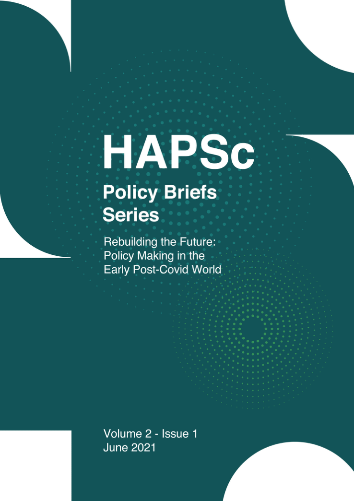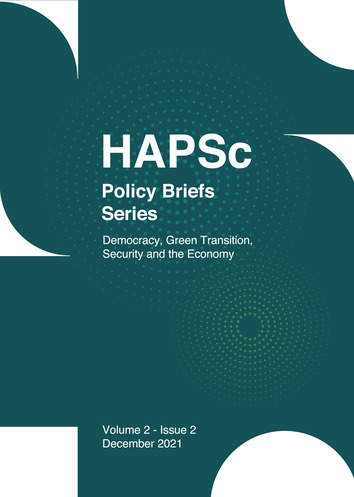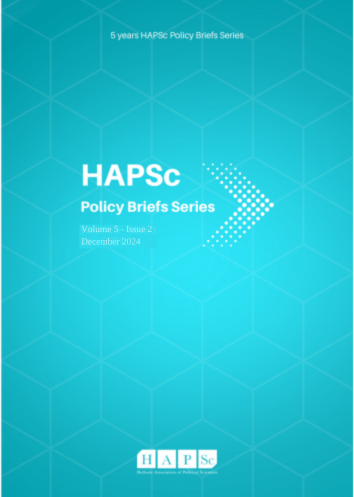Social Protection after the Pandemic: Lessons Learned from the Eurozone Crisis
Abstract
As vaccinations against Covid-19 move forward and the health crisis will eventually reside, focus will ultimately turn solely on the economic consequences of the pandemic. Having faced a serious economic turmoil during the past decade and with the perceptions about the role of the welfare state having changed drastically in the meantime, the European Union needs to learn from its mistakes in dealing with such crises and ensure sustainable recovery for its members. In this paper, the correlation between social protection expenditure, income inequality and poverty is examined, as well as the GDP and the employment rates, using the Eurostat database for the period 2007 – 2017 (subject to data availability). By attempting to identify the mechanisms that could lead to such results, the aim of the policy brief is to paint a realistic picture of the role of social protection in the European economies. Among other things, the results show that social protection expenditure correlates positively with employment rates and the GDP per capita, and negatively with income inequality and poverty. We conclude that the welfare state retrenchment during the Eurozone crisis deepened the recession and probably led to long-term adverse effects, broadening the gap between the North and the South. Building on the measures taken during the pandemic to protect employment and the economy, post-pandemic recovery policies should focus on rebuilding strong welfare states, directly create jobs and aim at the convergence of the economies through expansionary policies and growth.
Article Details
- Zitationsvorschlag
-
Emmanouil-Kalos, A., & Prokakis, E. (2021). Social Protection after the Pandemic: Lessons Learned from the Eurozone Crisis. HAPSc Policy Briefs Series, 2(1), 70–78. https://doi.org/10.12681/hapscpbs.27660
- Rubrik
- Articles

Dieses Werk steht unter der Lizenz Creative Commons Namensnennung 4.0 International. Authors retain copyright and grant the journal right of first publication with the work simultaneously licensed under a Creative Commons Attribution License that allows others to share the work with an acknowledgement of the work's authorship and initial publication in this journal.






